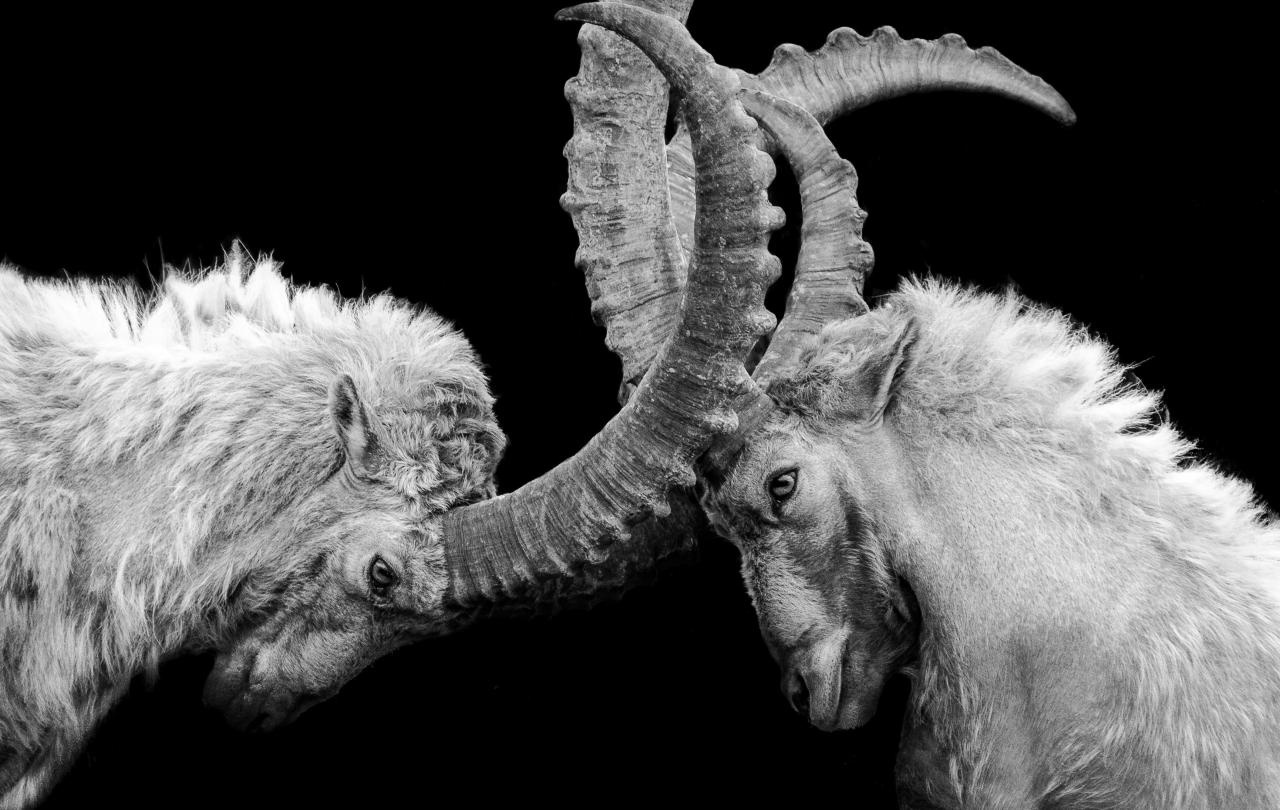
There is an old joke that goes around the Church of England. It concerns a parish that was having problems with bats who had nested in the roof of the local parish church. The vicar calls up the Archdeacon to ask for advice on how to get rid of them. The Archdeacon replies drily: “Just get the bishop to confirm them. They’ll leave the church pretty soon after that.”
This joke came to mind when reading of a recent report by the Pew Research Centre which suggested that 36 per cent of those raised as Christians in the UK now no longer self-identify as Christian.
As a bishop, I regularly go round parishes leading confirmations, a service where people make a public commitment to living as a Christian. With adults or older teenagers, I'm usually fairly confident they are serious about their faith because it takes some swimming against the tide to make such a counter-cultural move. When I confirm younger children - 10- or 12-year-olds, perhaps - I confess to a little niggle of doubt in the back of my mind. I’m sure some have a sincere faith. Yet in many parishes or even schools it can be a bit of a rite of passage, the kind of thing everybody does, which ironically takes more courage to resist than to go with the flow. The joke stings when I meet adults who were confirmed as kids, yet who left the church as adolescence kicked in, never to darken its doors again.
The detail of the Pew report reveals a more complex picture. In a list of countries where adults have changed religious categories from the one they grew up in, the UK comes sixth, behind such countries as South Korea (where the number is 50 per cent), Spain and the Netherlands. It’s about the same in the UK as in Australia, France Germany and Japan, which all come in at 34 per cent.
In other words, what we have here is a global trend of people, mainly in western, or western-influenced countries, exploring different religious options from the one in which they were brought up. Two factors lie behind this trend. The first is that in countries like the UK, where religion is in decline, you’re unlikely to face ostracism if you change faith, as you might if you stopped being Christian or Muslim in certain parts of the Philippines, Sudan, Pakistan or Indonesia. In the west, the pressure to remain is just not there. In places like India, Nigeria, Israel and Thailand, places where either religion is core to national identity, or where there is severe religious tension, 95 per cent of adults say they still belong to the religious group that they were raised in.
The second factor is that in western cultures, individual autonomy, the right to choose, is paramount. We are used to shopping as one of our primary activities. The right to shop around for spiritual alternatives, in a kind of religious version of Compare the Market, is hardly surprising.
Put this survey next to another recently published by OnePoll, suggesting that Gen Z people (in their teens and twenties) are much less likely than their parents to be atheists, and more likely to describe themselves as ‘spiritual’, and a more interesting picture emerges.
It is like thinking that it would be a good idea to learn another language and deciding to mix German verbs, Spanish tenses, French grammar, Portuguese nouns and Arabic verbs.
Most of the switching, says the Pew report, involves people moving to the ‘unaffiliated’ category. Rather than changing from Christian to Muslim, they're changing from Christian to, well, nothing. Or perhaps everything.
People are moving away from fixed forms of religion to a more general and diffuse sense of spirituality. The 20-something, brought up nominally Christian, now feeds her own inner life by enjoying nature, reading Tarot cards, shopping for crystals or buying a mindfulness app on her phone rather than going to church. It’s do-it-yourself religion, perfectly fashioned by an acquisitive age that wants us to be restless and dissatisfied so we buy more things that we think will make us happy. As Dan Kim has persuasively argued elsewhere on Seen & Unseen, there is a whole industry out there waiting to exploit our openness to the spiritual and mystical to sell us their stuff.
It‘s common to find forms of ‘spirituality’ these days that choose the bits it likes from a number of spiritual traditions of the past, while leaving saside the less attractive parts. It’s like a fruit smoothie mixed in a blender – a statue of the Buddha, a little Native American wisdom, a touch of feng shui, a whiff of incense, all mixed together to make you feel peaceful and more in tune with the world. The goal of all this is usually some sense of personal serenity or calmness. Yet this is typically far from what the spiritual traditions of the past had in mind.
It is like thinking that it would be a good idea to learn another language and deciding to mix German verbs, Spanish tenses, French grammar, Portuguese nouns and Arabic verbs. You might prefer French nouns to Latin ones, but the result will be highly idiosyncratic and not make a great deal of sense. As Ludwig Wittgenstein pointed out, religions operate like a language in having a set of practices that make sense in relation to one another and to the underlying beliefs that hold the thing together. Each spiritual path has an integrity within itself which doesn’t work if you try to blend them all together.
To think we know better than the ancients who over centuries developed the spiritual traditions of prayer found in the different methods of religious practice is, not to put too fine a point on it, a trifle arrogant. Whatever we come up with might bring us a sense of momentary peace, but it is unlikely to have the long-term effect that the deeper traditions of spirituality were meant for.
Prayer was never meant to be a technique to de-stress, to find personal tranquillity. It was not a way to find yourself, but to find God, and then you might find yourself – and the tranquillity - as a by-product. It was not a way to reassure you about your familiar ways, but to disturb you into new ones.
If spirituality is about finding personal peace, confirming us in our own individuality, endlessly stimulating new desires and longings, then swapping a Christian upbringing, with its insistence on attending church, and sitting next to awkward people who aren’t like you, confessing sins and learning to pray, for this kind of jumbled, personal spirituality seems very attractive. But what if spirituality is about learning practices that focus your mind and heart not on the trivialities of TikTok videos or Candy Crush, but on the true source of all goodness, beauty and truth? What if it is about learning the counter-intuitive skill of loving your neighbour as much as you love yourself? If so, then the kind of communal practices lying right under our noses, learned in a place like Church with all its flaws - a tried and tested spiritual path laid out for us by those experienced in the spiritual life in generations gone before, might just offer the most benefit in the long term.
Celebrate our 2nd birthday!
Since March 2023, our readers have enjoyed over 1,000 articles. All for free. This is made possible through the generosity of our amazing community of supporters.
If you enjoy Seen & Unseen, would you consider making a gift towards our work?
Do so by joining Behind The Seen. Alongside other benefits, you’ll receive an extra fortnightly email from me sharing my reading and reflections on the ideas that are shaping our times.
Graham Tomlin
Editor-in-Chief





